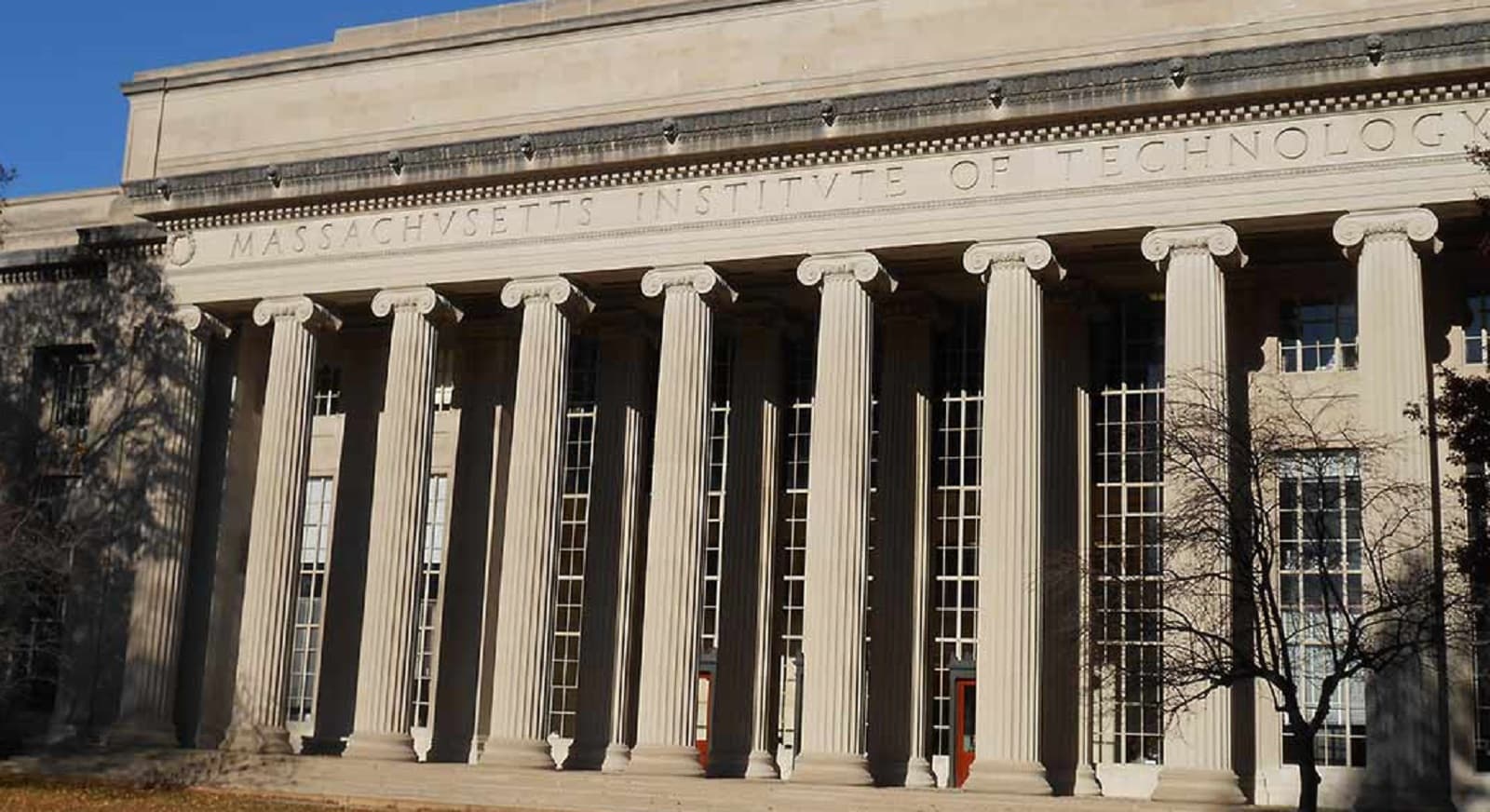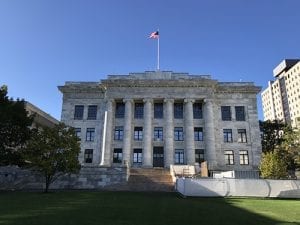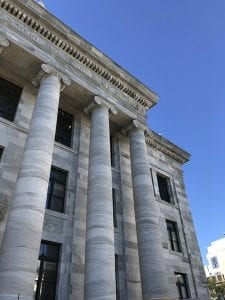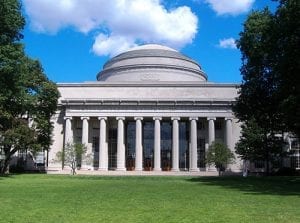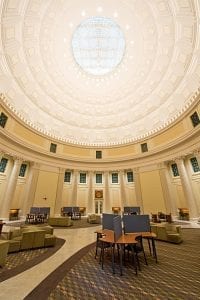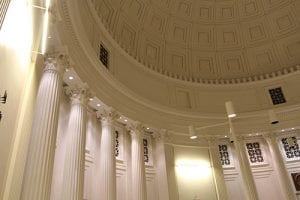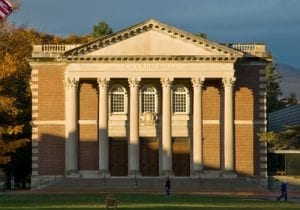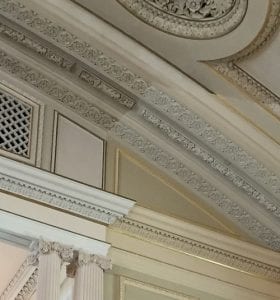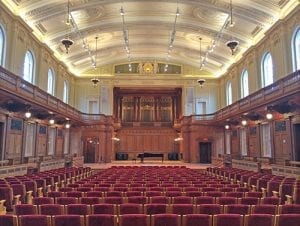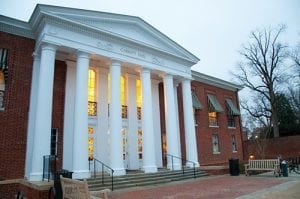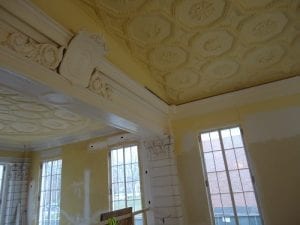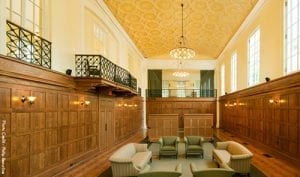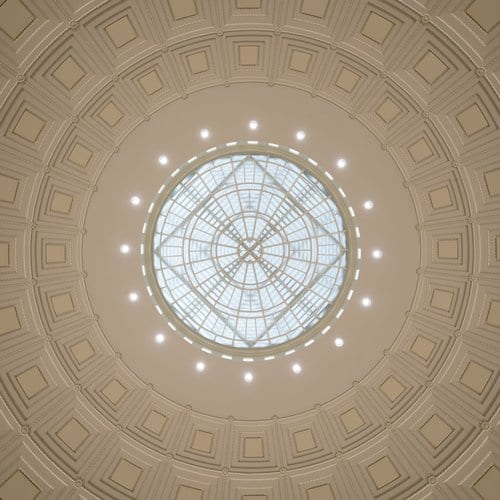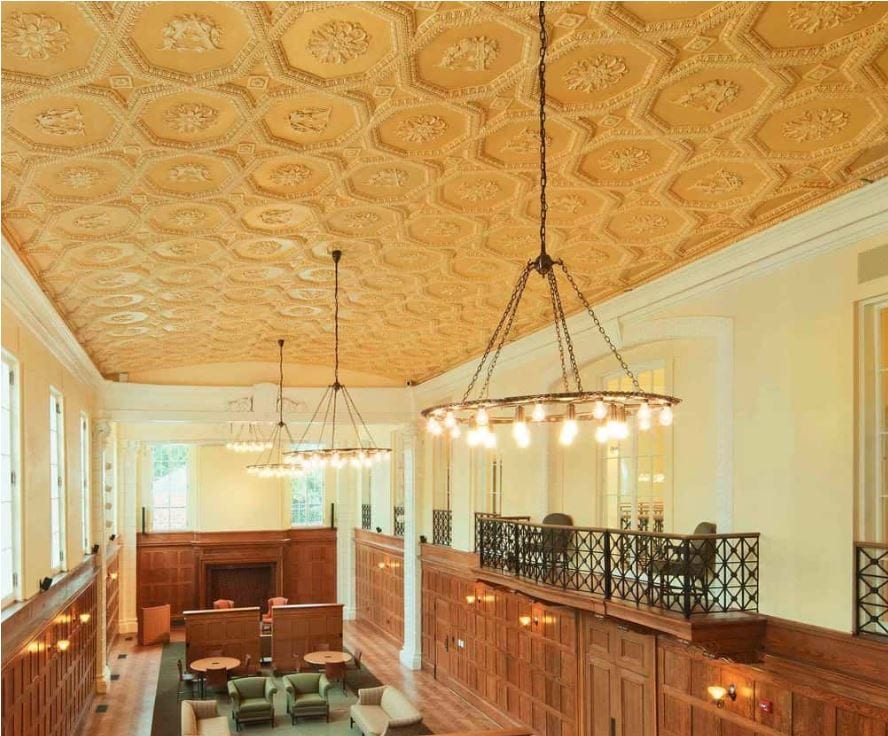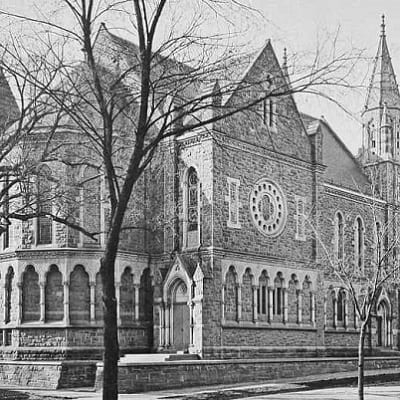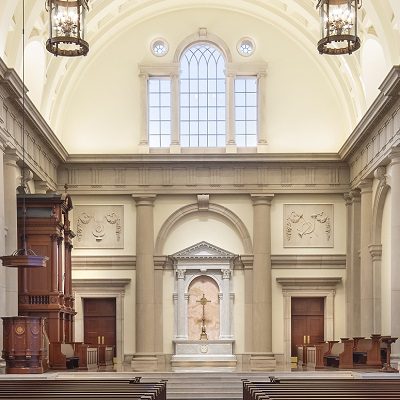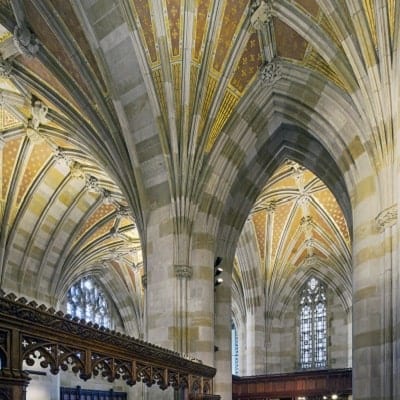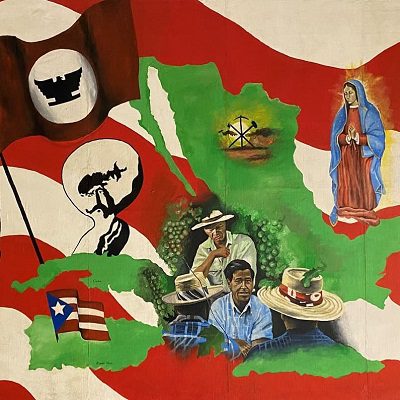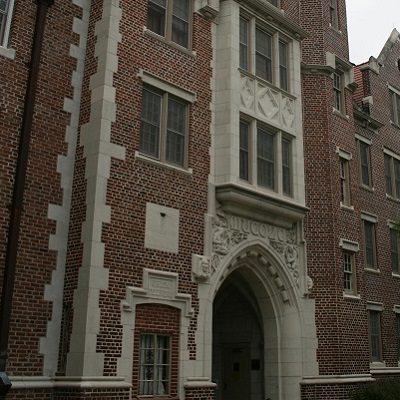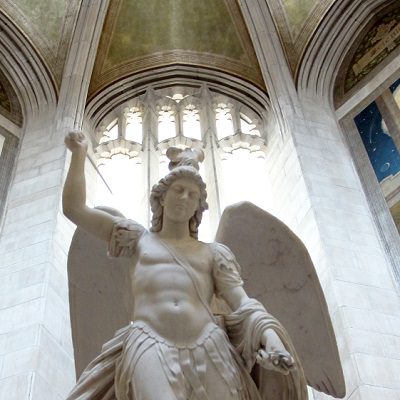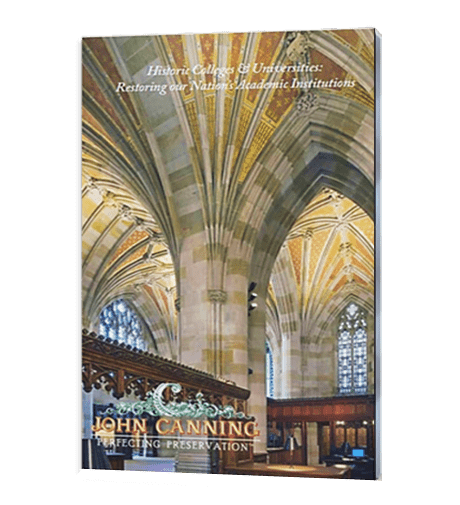The guiding principles of Neoclassical architecture date back to 18th century Italy and France.
Buildings from this time are not quite post-Rococo but rather pre-Neoclassical, building on the ideas of Baroque architecture but using finer, squarer lines and emphasizing cleaner, inorganic forms with less “free-flow” ornamentation. From there, the great English and Irish architects developed the Palladian style (named after Italian architect Andrea Palladio) which took these plain, squarer versions of the Baroque vision and transformed them into some of the great terrace and country houses we know and appreciate today. It was not long before this vision crossed the pond and came to the newly formed United States. Like their counterparts in continental Europe, civic and academic buildings need to impress upon citizens wealth, power, and order (but not nobility). To prevent confusion, a new variation on the Neoclassical Palladian form was developed—known now as the Federalist Neoclassical style.
Neoclassicism can be characterized into three main groups:
1) Palladian: the origins of the Neoclassical movement, this design is built to impose—an edifice, rather than a building. This movement, while mostly uncommon, can be found in college campuses in urban settings, or those having a campus in a major metropolitan area.
2) Classical Block: more commonly known as Federalist, or in some cases Colonial Revival (Early Republic), this building style is most prevalent in the United States and a staple feature of traditional college campuses
3) Temple: conflicting with church and state separation and the secular nature of the United States education system, this style is uncommon domestically, but is popular throughout Europe. This movement may also be referred to as Italian Neoclassical.
Designed to confer knowledge and a higher moral standard, academic buildings often loom, reminding students of the burdens of education. Without a second thought, when asked what embodies the Neoclassical Architectural movement (University campus, or otherwise) images of Thomas Jefferson’s University of Virginia campus come to mind. Beautiful, simple, and one of the first great pieces of American architecture, this campus has been remarkably well preserved—some buildings have remained unaltered since they were finished in the early 1800’s. Listed as a World Heritage site, this campus attracts not only academics but also architecture fanatics. inspiring neoclassical architecture can be seen on college campuses across the United States, and here we are sharing a few that come to mind.
Harvard University
For those visiting the Boston area, a tour of Harvard University and surrounding Cambridge is a must-see. Those that make the short trip will be rewarded with some truly excellent period and modern architecture. The oldest part of the campus, Harvard Yard, is a mix of styles depending on what was en vogue at the time. Neoclassicism is on display front and center, as some of the original dormitories and lecture halls have been crafted according to the underlying principles of Neoclassicism. Completed in red brick and white wood trim, rather than traditional carved stone, we might call this style Colonial Revival but contemporaneous notes suggest the designers were going for the Federalist Neoclassical style. Newer buildings, including the library, use modern technology to bring traditional Neoclassical architecture to life. The heartbeat of academia, the highest Neoclassical style is often used, Palladian.
Harvard Medical School Gordon Hall Exterior Restoration Project
Massachusetts Institute of Technology
A jaunt from Harvard’s Cambridge Square campus sits the Massachusetts Institute of Technology (MIT). Beautifully situated along the banks of the Charles River, the famous Great Dome rises and serves as an instantly recognizable landmark. Constructed in the early 1900’s this modern building was carefully crafted to reflect a pure Palladian aesthetic. Soaring marble columns, plain moldings and pillars, and legacy building materials (stone blocks, brick, and marble) come together to create one of the greatest examples of modern Neoclassicism in the United States. The complex surrounding the Great Dome is an interesting mix of variations on the Palladian theme. Buildings are constructed with stone facades, red brick and stone, and yellow brick and stone. While each using a different blend of elements, the style is clear and consistent. The Maclaurin Buildings are a unique creation, well demonstrating the variations that can be achieved while adhering to one consistent style.
Williams College
With a campus dating back to the late 1700’s, Williams College is one of the oldest and most venerable academic institutions in the United States. A wealth of architectural treasures, the original campus buildings are similar to that of Harvard Yard—an eclectic mix of true Neocolonialism and neoclassical features. Perhaps more Adams and Federalist than direct Neocolonial, the newest editions to campus more clearly align with the principles of Neoclassicism. Palladian Columns take shape, framing the new student center. Reminiscent of features found on order buildings on campus, the original buildings were built prior to the neoclassical movement taking hold. Perhaps Williams can serve as a prime example of the evolution of a style; ever ongoing and changing. Their modern buildings, while have neoclassical elements, meet modern green specifications—joining form and practical function. We should also note this modern combination of environmentalism and neoclassicism is well represented at Bucknell University.
Williams College, Chapin Hall Restoration Project
University of Virginia
As mentioned earlier, the University of Virginia campus, with its remarkable well-preserved red brick buildings is the poster-child of American Neoclassical architecture. The rotunda building sits at the heart of the old campus, on the far side of the original quadrangle. Reminiscent of Jefferson’s Monticello, the campus is built in a quintessentially American Neo-Colonial style (classical block). Legacy materials have stood the test of time and diligent preservation work along with long-term planning and forward thinking has allowed the campus to survive for generations of students.

